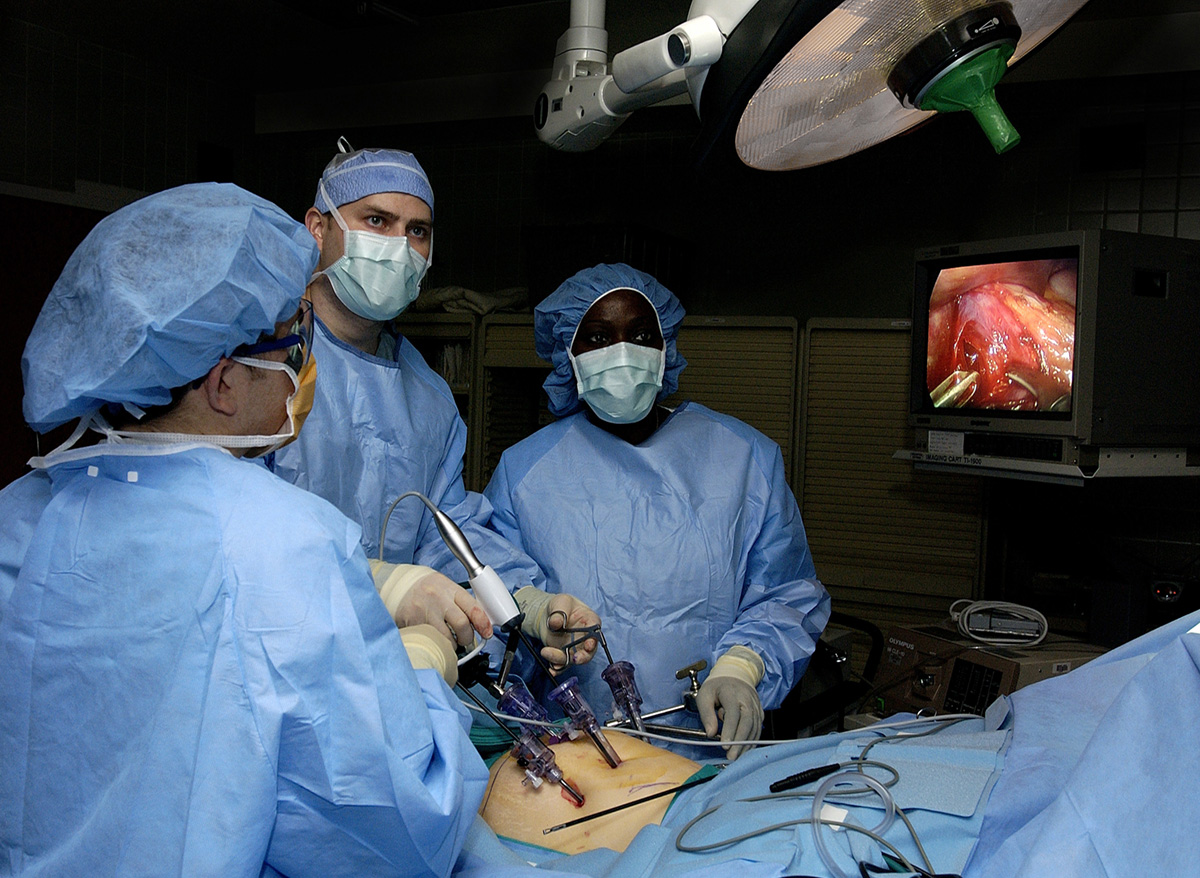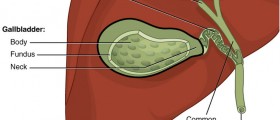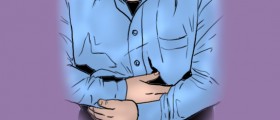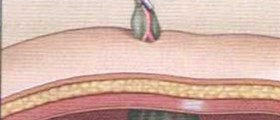Definition
Gall bladder is a sack located in your abdomen, on the left side of your stomach. Function of the gall bladder is to holds liver product digestive concentrate fluid called bile which function is to digests the food by braking down fats and other food ingredients in your intestines into the small pieces.
Gallstones are formed when parts of cholesterol are left behind in your gallbladder. Gallbladder surgery called laparoscopic cholecystectomy, in which case gall bladder is removed completely is sometimes performed. This surgical procedure is considered to be effective and safe.
Laparoscopic surgery for gallstones is performed by making one or several small incisions to your stomach. Than surgeon insert trough that incision laparoscope, surgical instrument that is equipped with small light and video camera in order to see more clearly inside of your gall bladder. After that, surgeon makes other incisions inside your stomach to remove gallbladder. General anesthesia is applied and it last for approximately two hours.
Before any surgical procedure, your doctor will carefully examine you and order X ray procedure called intraoperative cholangiography just to be sure that surgical procedure is really necessary.
After Surgery Symptoms
After the laparoscopic gallbladder surgery, you may fell a little dizzy from general anesthesia, have some pain in your stomach on places of incisions possible diarrhea, lose of appetite, nausea or minor inflammation or drainage on places where incisions are made. Most people return to normal activities after 7-10 days and all discomfort and soreness disappear after couple of weeks.
Complications of the Laparoscopic Gallstones Surgery
Risks of laparoscopic gallstones surgery are considered to be very low. But there are several possible laparoscopic gallstones surgery complications and side effects. Truth is that most patients do not have any problems after surgery, and with good postoperative medical care and healthy diet the lead normal lives. But just to be on the safe side here is a list of few possible side effects and complications in gallbladder surgery:
(a) Injury to the cystic dust, which carries the bile from gallbladder.
(b) The liver being cut.
(c) A one or more gallstones being pushed into common bile duct.
(d) Gallstones remain in the abdominal cavity.
(e) Bile that leaks into abdominal cavity.
(f) Rare but possible injury to the abdominal blood vessels, such as hepatic artery (main artery that carries blood from heart to liver).
(g) Injury to common bile duct.
(h) Injury to the small intestines by some of the instruments used in surgery.
(i) Usual risks of general anesthesia.
(j) Internal bleeding.
(k) Infection of an incision.
Some of these complications are potentially dangerous and may require additional surgical procedures. Also after surgery, you may fell bloating, gas, pain or diarrhea.
- Between December 1992 and September 2001, 14024 biliary operations were performed in Surgical Clinic no. 3 at Cluj-Napoca, of which 4482 (32%) were open procedures. Gallstones were present in the main bile duct in 719 of these cases.
- Laparoscopic cholecystectomy (LC) was performed in 9542 (68%) of these patients, 1659 (17.4%) being men and 7883 (82.6%) women. Ages ranged between 14 and 91 years, and 732 patients were aged over 65 years. The series included two pregnant women in the second trimester of pregnancy and 3672 obese patients.
- The main operative incidents encountered were haemorrhage (224 cases, 2.3%), iatrogenic perforation of the gallbladder (1517 cases, 15.9%) and common bile duct (CBD) injuries (17 cases, 0.1%).
- Conversion to open operation was necessary in 184 patients (1.9%), usually due to obscure anatomy as a result of acute inflammation. The main postoperative complications were bile leakage (54 cases), haemorrhage (15 cases), sub-hepatic abscess (10 cases) and retained bile duct stones (11 cases).
- Ten deaths were recorded (0.1%).
- Except for three injuries (two of the right hepatic duct and one of the CBD), all the others were discovered intra-operatively. No lesions of the main bile duct were found on cholangiography, because we did not perform control cholangiography at the end of the operation. All lesions were therefore discovered during the dissection.
- Conversion to open operation was necessary in 184 (1.9%) cases. Acute cholecystitis with pericholecystitis was recorded in 124 patients and was the predominant reason for conversion. Peritoneal adhesions in the scarred abdomen were a conversion cause in only 6 of 179 patients. To avoid adhesions, a right upper quadrant approach was used in 98 patients, Hasson trocar in 54 patients, Visiport device in 12 patients and optical Veress needle in 9 patients. Thus LC was performed in 41 patients with previous gastrectomy and in 3 patients with a history of liver hydatid cyst.
- At late postoperative follow-up (3 months and 1 year) we found residual calculi in 14 patients. These patients had no intra-operative exploration of the bile duct and had no preoperative clinical or laboratory evidence of ductal stones. Their calculi were extracted using endoscopic sphincterotomy. One of these patients died from necrotising acute pancreatitis, following the sphincterotomy.
- Umbilical site incisional hernia occurred in 12 patients who required either an extended incision for extraction of large calculi or who developed local infection at the umbilicus. All hernias were repaired.

















Your thoughts on this
Loading...